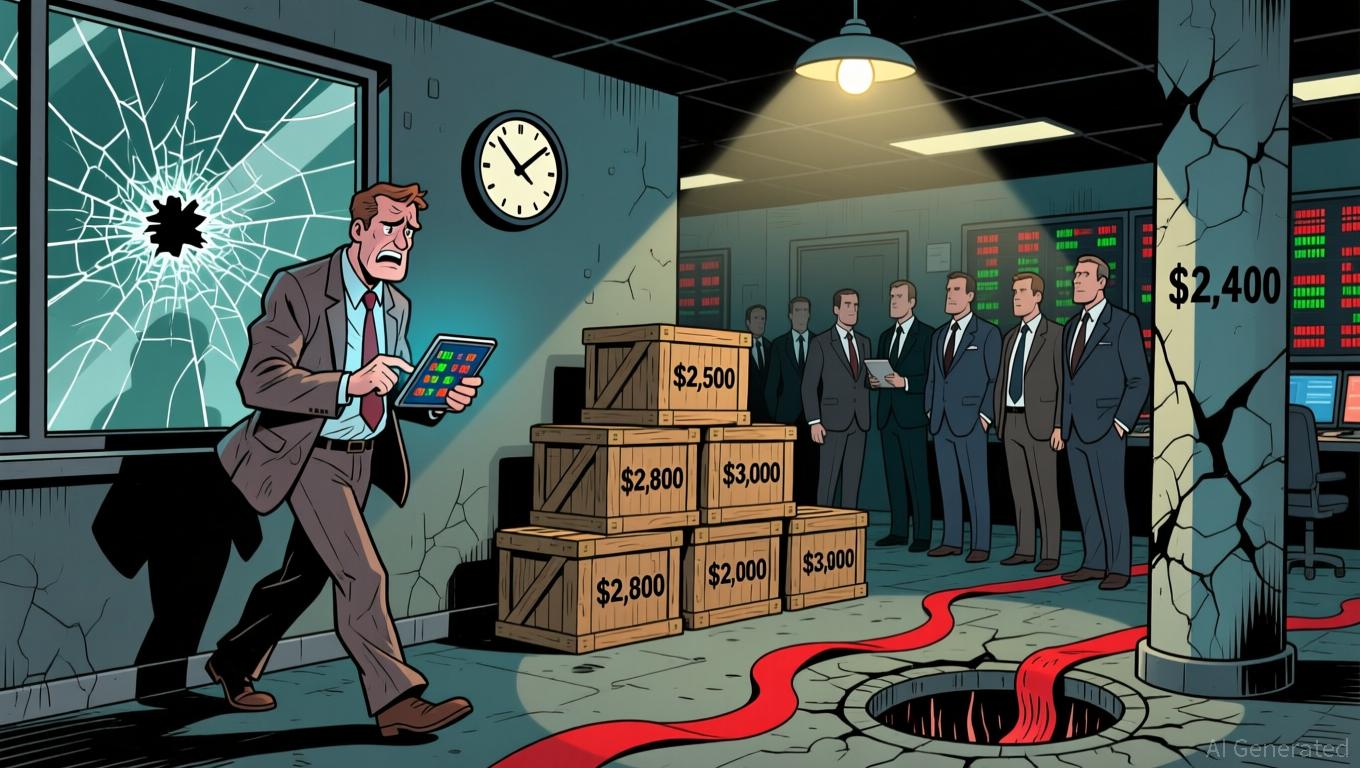Texas Law Paves Way For Official Bitcoin Reserve
This November 20 marks an unprecedented turning point in American budget history. Texas has become the first state to officially integrate bitcoin into its public reserves. At a time when fiat currencies are wavering and institutions are seeking solid alternatives, this decision stands as a strong signal. The Lone Star State paves the way for a new form of financial sovereignty, placing the flagship asset at the heart of its long-term economic strategy.

In brief
- Texas becomes the first US state to integrate Bitcoin into its public reserves.
- An initial investment of 10 million dollars was made via BlackRock’s IBIT ETF.
- This operation fits into a strategy framed by a law passed last June.
- This decision could reshape the role of Bitcoin in US sovereign finances.
An institutional first : Texas buys bitcoin via BlackRock
Texas has become the very first US state to officially acquire bitcoin to form a strategic public reserve .
The announcement was made public by Lee Bratcher, president of the Texas Blockchain Council, in a message posted on X : “Texas becomes the first state to buy bitcoin with a 10 million dollar investment made on November 20, at a purchase price close to 87,000 dollars per BTC”.
This first purchase, totaling 10 million dollars, was made via the IBIT ETF (iShares Bitcoin Trust) managed by BlackRock, a global asset management giant. Such an acquisition takes place as part of a reserve program developed for over a year, in coordination with Texas public accountant Glenn Hegar and the State Treasury teams.
Here are the concrete elements of the operation :
- Amount invested : 10 million dollars in bitcoin ;
- Estimated purchase price : about 87,000 dollars per BTC ;
- Product used : BlackRock’s IBIT ETF (indirect, temporary exposure) ;
- An immediate allocation : 5 million dollars invested at purchase ;
- Legal framework : the operation is based on a law passed in June this year, creating the Strategic Bitcoin Reserve ;
- Legislative initiator : Republican representative Giovanni Capriglione, a supporter of strategic bitcoin reserves.
This progressive approach, initially via ETF, meets the need to respect the legislative timetable while securing immediate exposure to the bitcoin market. As Bratcher pointed out, “exposure via an ETF serves as a mechanism to launch the reserve without delaying the legislative timetable”.
The legislation ultimately provides for cold storage, long holding periods, and the possibility for citizens to make voluntary contributions in bitcoin. This acquisition is therefore much more than a simple purchase, as it represents the cornerstone of a state digital reserve with solid legal foundations.
An assumed political and budgetary strategy
Beyond the transaction itself, Texas incorporates its action into a long-term budget strategy aimed at considering bitcoin as a full-fledged strategic asset.
The state thus positions itself as a monetary innovation laboratory, in a dynamic similar to that observed in certain countries like El Salvador , although at a more discreet institutional level.
“This acquisition is the first step in a reserve plan under preparation for more than a year,” says Lee Bratcher, emphasizing the planned nature of this initiative. The stated goal is to build a sovereign digital reserve that can serve as an economic safety net in the coming decades.
The Harvard University foundation, for example, has increased its position in IBIT to 442.8 million dollars, a historic record for the institution. Other actors such as Emory University or Al Warda Investments (Abu Dhabi) follow a similar trajectory.
Locally, Texas therefore seeks to align itself with these major players while sending a signal to other US jurisdictions. New Hampshire has thus authorized the issuance of a municipal bond backed by bitcoin, marking another step in the integration of cryptos into public financing mechanisms.
Texas is opening an institutional breach by integrating Bitcoin into its reserves. While the price of bitcoin hovers around 87,000 dollars, this initiative triggers as much enthusiasm as questions about the future of public finances in the crypto era.
Disclaimer: The content of this article solely reflects the author's opinion and does not represent the platform in any capacity. This article is not intended to serve as a reference for making investment decisions.
You may also like
Ethereum Updates: Ethereum Drops to $2,800, Prompting Surge in Demand for ZKP's Hardware-Based Presale
- Ethereum's price fell below $2,800, triggering $6.5M liquidations and testing critical support levels amid declining on-chain demand metrics. - Institutional players like BitMine accumulated 3.62M ETH (~$10.4B) despite the selloff, signaling long-term bullish conviction. - ZKP's hardware-driven presale gained traction with $17M in ready-to-ship Proof Pods and Miami Dolphins partnership for privacy-focused sports analytics. - Mutuum Finance's $19M DeFi presale and ZKP's auction model with $50K wallet caps

Vitalik Buterin Supports ZKsync: What This Means for Layer 2 Scaling
- Vitalik Buterin endorsed ZKsync in late 2025, highlighting its "underrated and valuable" work alongside the Atlas upgrade achieving 15,000 TPS and $0.0001 fees. - ZKsync's zero-knowledge rollups and EVM compatibility enabled institutional adoption by Deutsche Bank , Sony , and Goldman Sachs for cross-chain and enterprise use cases. - The Fusaka upgrade aims to double throughput to 30,000 TPS by December 2025, positioning ZKsync to compete with Polygon zkEVM and StarkNet in Ethereum's Layer 2 landscape. -

The ZK Atlas Enhancement: Revolutionizing Blockchain Scalability?
- ZKsync's 2025 Atlas Upgrade achieves 15,000–43,000 TPS with sub-1-second finality, addressing Ethereum L2 scalability bottlenecks via Airbender proofs and modular OS. - DeFi protocols like Aave and Lido leverage ZKsync's $0.0001/tx costs to unify liquidity, while Deutsche Bank and Sony adopt its trustless cross-chain infrastructure for compliance and transparency. - ZK token surged 150% post-upgrade, with TVL hitting $3.3B and analysts projecting 60.7% CAGR for ZK Layer-2 solutions by 2031 amid instituti

XRP News Update: XRP ETFs Spark Optimism—Is $1,115 Within Reach?
- XRP's price surge to $2.20 is driven by ETF launches, with $422M inflows from Franklin Templeton and Grayscale. - Technical indicators suggest a potential $2.50+ rally if support at $1.84 holds, with long-term forecasts reaching $26.50 by 2030. - Institutional adoption of Ripple's ODL and Ripple USD's $1B+ market cap highlight growing utility beyond remittances. - Regulatory clarity post-SEC ruling and macroeconomic factors remain critical for XRP's $1,115 potential in ultra-bullish scenarios.

